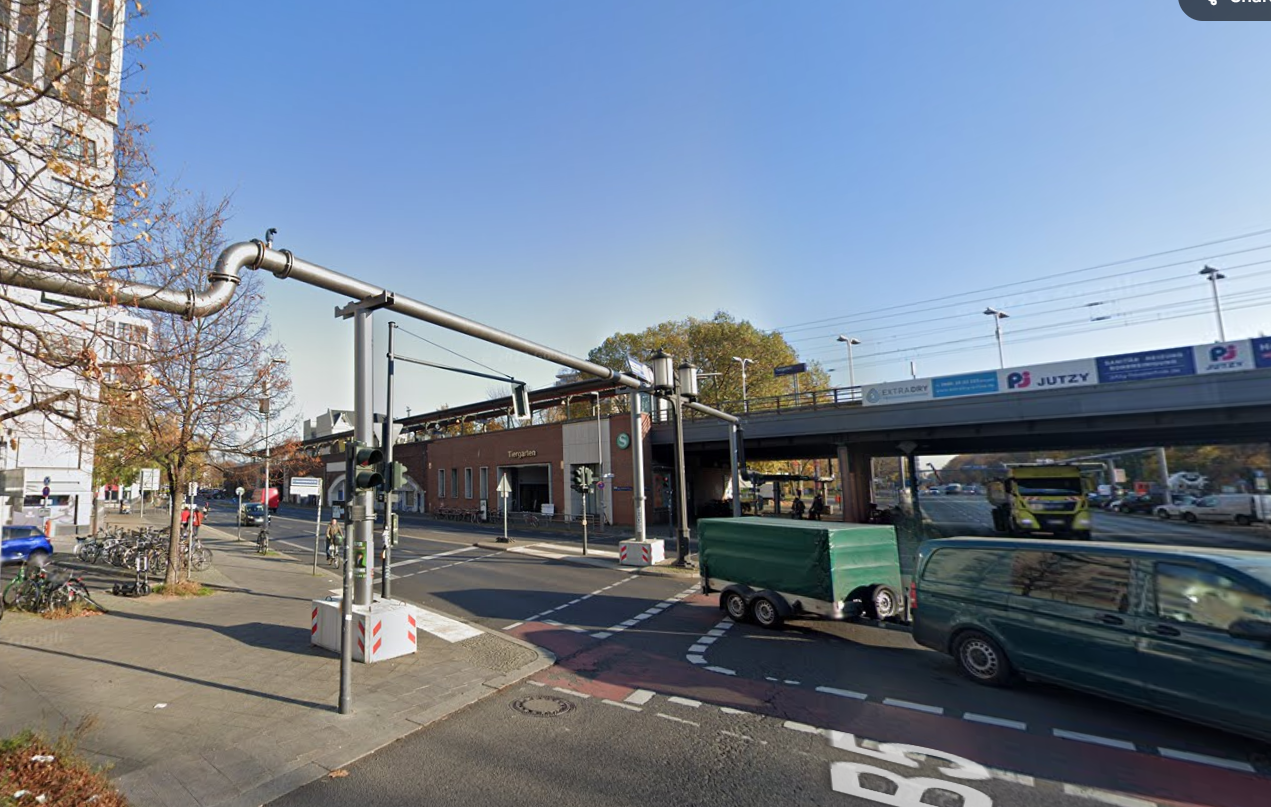The design challenge was threefold:
1. Create a parametric model of an accessible and flexibly designed transportation center hub (highway, bridge, metro-station) with water treatment on site without requiring additional land acquisition.
In our project, we have integrated two elevators into the metro station to enhance accessibility, making the system more inclusive for elderly individuals, people with disabilities, and those facing mobility challenges. This modification not only improves the overall user experience but also increases passenger flow within the station. We successfully integrated the wastewater treatment underground in order to reduce the noise burden in the neighborhood as well as avoid acquiring additional land in an urban hub, where this would have greatly increased the project’s price as well as (potential) resistance from the residents.
2. Dynamo is advantageous over Revit due to flexible design regarding wastewater flow changes (increased population/building use change) and increasing station dimensions due to increased numbers of daily passengers.
As the number of commuters rises, there will be a corresponding increase in water consumption for daily activities. The increasing demand for water will place considerable pressure on current supply systems. This will require the development of a more extensive and efficient water treatment infrastructure. Upgrading these facilities will ensure continuous availability of clean and safe drinking water while also improving the overall capacity to manage and distribute water effectively. This will help support the growing population and maintain public health standards.
Furthermore, an increase in passenger volume will result in more pedestrian crossings, which may disrupt road traffic. To effectively manage the interaction between pedestrians and vehicular traffic, we propose that the two crosswalk lights should be synchronized and show “walk” for longer, so that the average pedestrian can cross both at once and will not have to wait in the middle of the road. This should be done even at the expense of car flow, since multimodal transportation should be prioritized around transit hubs such as S-Tiergarten and the frequency at which pedestrians choose to run across the street instead of waiting another turn at the light jeopardizes their safety.
Moreover, the significant rise in passenger flow has necessitated the expansion of the metro station, requiring a larger and more spacious design to accommodate increased commuter traffic. Consequently, the design of the bridge has also been affected; adjustments were necessary to ensure proper alignment and connectivity between the metro station and the surrounding infrastructure. The bridge had to be modified in size and structure to seamlessly integrate with the newly extended metro station, facilitating smooth transitions for passengers while maintaining overall system efficiency.
Figure 1: Street view of S-Tiergarten Station (Google Maps)
3. Dynamo allows inclusion of high-performance criteria, allowing civil engineers to verify if chosen structural parameters (tank height/width/length) functionally work before sending it to other engineering teams, thus increasing efficiency in the engineering firm.
These interconnected design considerations highlight the importance of a holistic, multi-disciplinary approach to urban infrastructure planning. On a project this big, there will be multiple engineering teams, possibly from multiple engineering companies, working on this project. A change that one engineer makes will impact other engineering teams. For example, the civil engineer changing the dimensions of the primary sedimentation tank will impact if the primary sedimentation tank is still treating the water properly. Thus, we have included high performance criteria so changes made can be checked before they are passed to other engineering teams. This also ties into our ontology, which has a purpose of creating a knowledge base for engineers while there are multiple engineering teams working on the same project.
